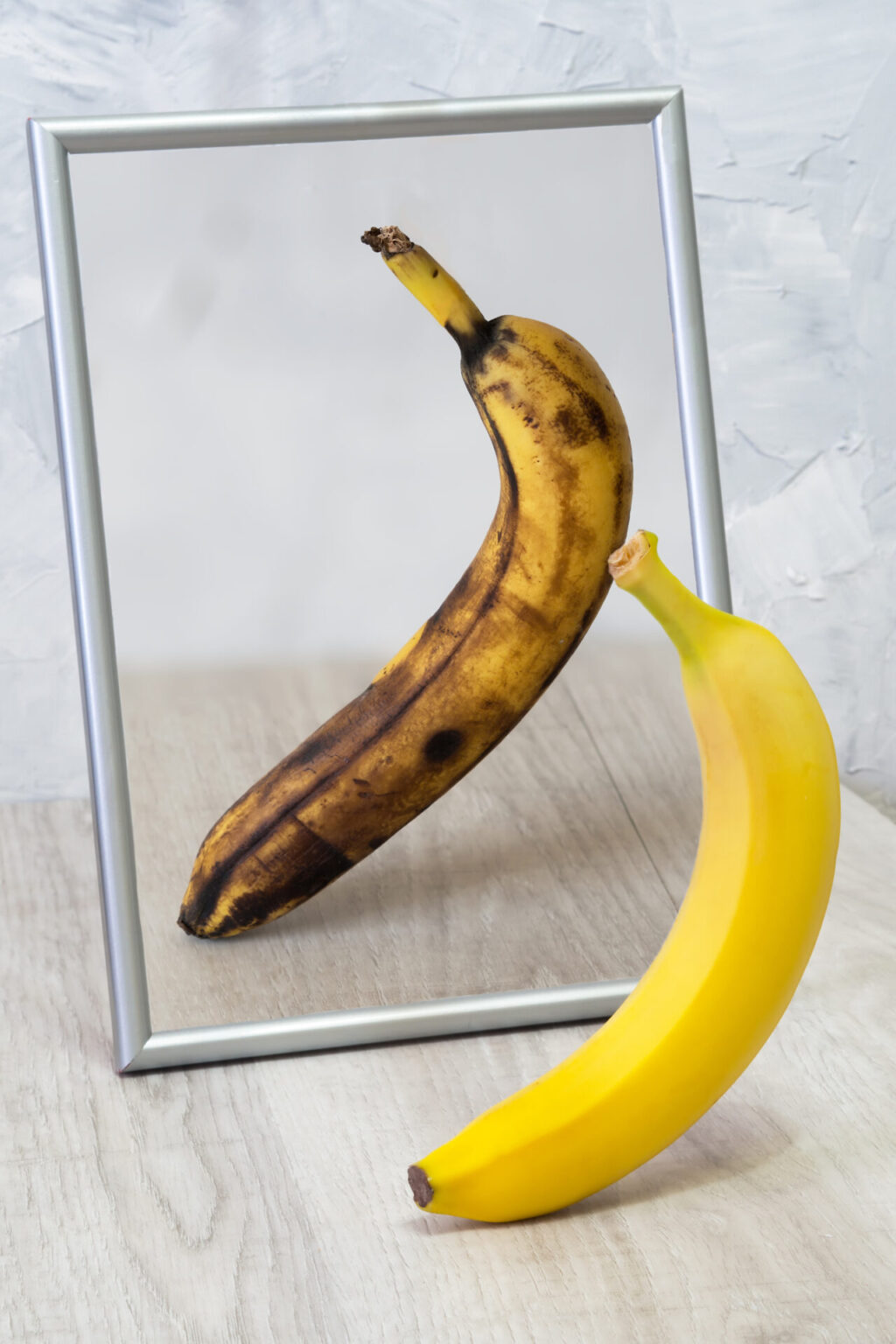
In the vast expanse of mental health challenges, body dysmorphia stands out as a particularly insidious foe. It whispers lies into the ears of its victims, painting their reflections with a brush soaked in distortion and negativity. This condition spans the gamut of ages, from the fragile teenage years, ripe with insecurities, to the later stages of life, where one might assume such concerns would fade. Yet, they persist, proving that body dysmorphia does not discriminate.
My own battle with body dysmorphia is no secret. The teenage years and the tumultuous time that followed were marred by anorexia nervosa, bulimia, and an unrelenting addiction to exercise. These experiences, though harrowing, equipped me with a radar finely tuned to the signs of body dysmorphia in others. It’s a condition that, once recognised, demands attention and care.
Body dysmorphia morphs the mirror’s reflection into an enemy, turning self-perception into a battleground where reality is often the first casualty. It’s characterised by obsessive thoughts about perceived flaws in one’s appearance—flaws that are either minor or nonexistent in the eyes of others. This condition is more than skin deep; it’s a complex psychological issue that can lead to severe anxiety, depression, and even suicidal thoughts.
Reflecting on my journey, I recognise negative self-talk patterns that once dominated my thoughts. These patterns are not unique to me; they are shared by many who suffer in silence. Recognising these thoughts’ hold on your life is the first step toward reclaiming your mental space. For me, therapy was a turning point, providing the tools to challenge and change the narrative of self-criticism that had taken root. Additionally, staying one with my breath, allows me to stop the ‘stinkin’ thinkin’ before it takes hold. I put to good use my practice of Buteyko Breathing.
The origins of body dysmorphia are as complex as the condition itself, often rooted in a combination of genetic, environmental, and psychological factors. Social media and societal beauty standards play a significant role, bombarding individuals with unrealistic images and expectations. The comparison trap is a dangerous pitfall, leading many to self-loathing and despair.
The path to overcoming body dysmorphia is neither straight nor easy, but it is paved with opportunities for growth and self-discovery. It’s a journey of learning to quiet the critical inner voice and amplify the one that recognizes your inherent worth and beauty. By employing breathing techniques, practising self-compassion, and leaning on the support of professionals and loved ones, you will manage to lessen the grip of body dysmorphia.
To learn more about the Buteyko breathing exercises that have helped me, and hopefully you, to reduce any stinkin’ thinkin’, click here.